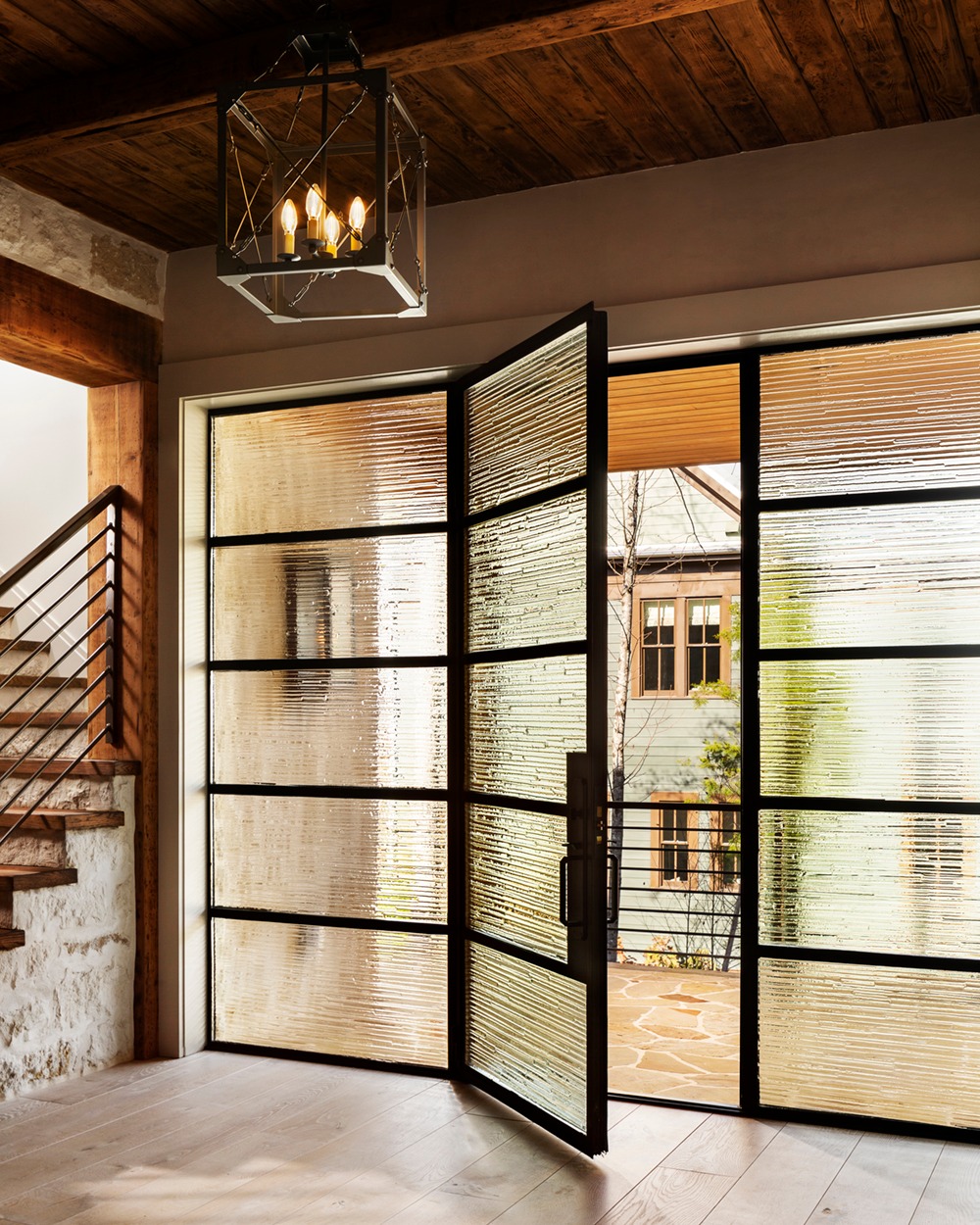

Steel windows and doors are a significant investment for the custom home that come with two big expectations: performance and longevity. Unfortunately, this is not always the case. Low-quality steel products carry a higher risk of rust, warping, leakage, and difficult repairs. And getting a product that is high quality is not always easy – many low-quality products are difficult to differentiate in photos, and are often marketed as a high-quality product than they really are.
That’s why knowing which factors actually increase longevity is critical when choosing a steel window and door manufacturer. Knowing the difference will help you procure a product that will last a lifetime and not one that will quickly lose attractiveness, function, and value.
Knowing the source of the profiles used to be build your steel windows and doors is the most critical factor to ensuring that you have a high-quality, long-lasting product. There are two main types of steel profiles: manufactured and shop-built.
Shop-built profiles are produced by hobbyists or local welding shops who weld separate components together to create a single unit. While some local shops do a better job than others, shop-built profiles tend to be of more inconsistent (and usually inferior) quality. These profiles are prone to issues, such as rust, warping, and buckling, which can cause severe problems, such as leaking or becoming inoperable over a short period of time.
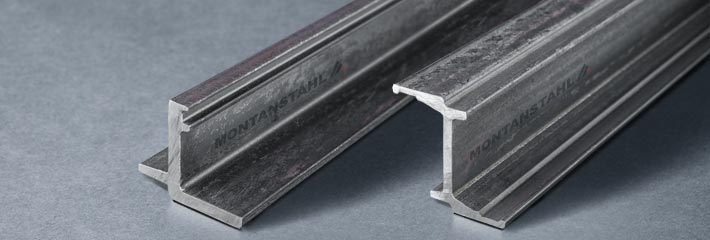
Montanstahl Steel Profiles
On the other hand, manufactured profiles offer consistent, high quality units time after time. Manufactured units are made from one solid piece of steel, which provides greater strength and durability. Some of the big names in this space include Montanstahl, Jansen (both Swiss) and Secco Sistemi (Italian). All use Mild Carbon Steel (S235JR which is equivalent to A36) to produce their profiles, which are either hot rolled or cold formed depending on application.
Having a quality profile provides the best foundation for creating a long-lasting steel unit.
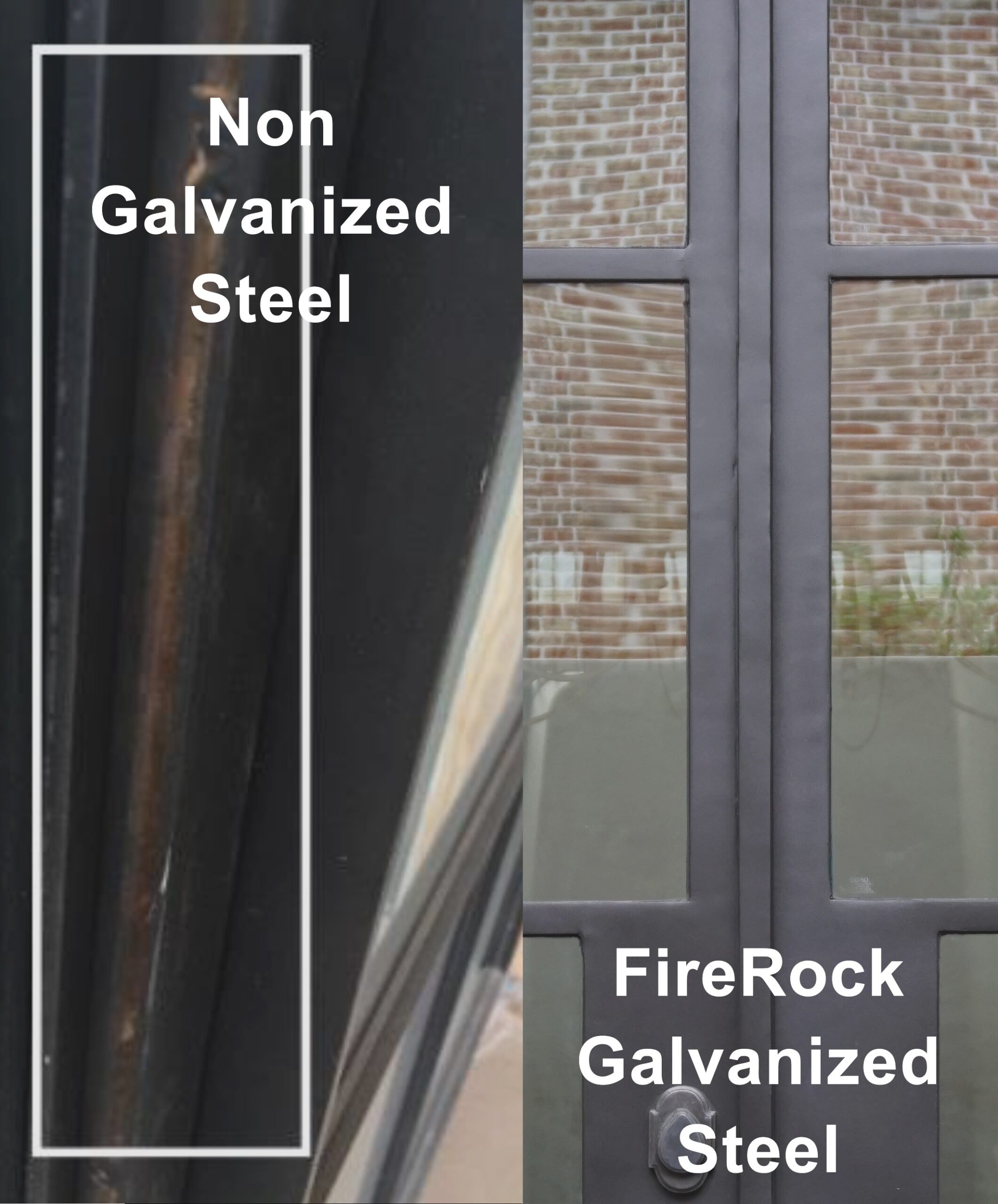 2. Rust Prevention > Repair
2. Rust Prevention > RepairRust is the #1 enemy of steel, and it is guaranteed to occur if bare metal becomes exposed to oxygen and moisture. Rust can happen quickly if proper preventative measures aren’t taken. On exterior units, it can happen in as little as 4-14 days; on interior units, it can take a little longer, depending on the humidity of the area, but will still appear within 3-6 months.
That’s why, after a good profile source, the most critical component of quality steel windows and doors is rust prevention. But note, not all rust prevention methods have equal outcomes, and the one you choose will have a direct impact on the longevity and maintenance of your units. The most common types of rust prevention on a steel unit are zinc primer and galvanization.
A zinc-based primer can provide adequate rust protection as long as it’s intact. However, because it doesn’t have a strong bond to the underlying metal (typically 300-600 psi), it can be easily damaged through normal wear and tear, leaving the steel itself exposed to air, and therefore rust. In general a unit coated with a zinc-based primer will last about 12-15 years before it needs a major repair – much less than the “lasts a lifetime” feeling you want for you steel windows and doors.
Galvanization, therefore, is a much better form of rust prevention. Galvanization has a high bond strength (3,600 psi) and provides excellent corrosion protection and abrasion resistance. Hot-dipped galvanized (G90) steel windows and doors will typically last 75+ years until the rust prevention needs its first major repair.
 Along with profile source and rust prevention, finish type completes the “trifecta” of the most critical quality elements. Finish type is both aesthetic and functional. It affects how the finished product looks, but also provides an important surface barrier against normal wear and tear. It also is a major contributor to ease of ownership – like any part of your home, steel windows and doors require some upkeep, and the finish type often determines how easily typical maintenance can be performed. Three of the most common finish types are standard paint, powder coat, and cured paint.
Along with profile source and rust prevention, finish type completes the “trifecta” of the most critical quality elements. Finish type is both aesthetic and functional. It affects how the finished product looks, but also provides an important surface barrier against normal wear and tear. It also is a major contributor to ease of ownership – like any part of your home, steel windows and doors require some upkeep, and the finish type often determines how easily typical maintenance can be performed. Three of the most common finish types are standard paint, powder coat, and cured paint.
Standard paint, while able to be touched-up onsite, is not very durable on steel units, which means moderate maintenance will be required. Couple that with visible brush strokes, and standard paint is overall not a great long-term choice.
Powder coating a unit provides more durability than standard paint, but at a high maintenance cost. Unlike other finish types, repairs to powder coated units are impossible to complete onsite. Units must be shipped to a facility and sandblasted, then recoated. The shipping and repair costs are usually covered by the home owner because normal wear and tear is not covered by a warranty.
The best type of finish you can have for your steel windows and doors is cured paint. This finish type provides a sleek, smooth surface texture that is both attractive and durable. Inevitable wear and tear can be repaired onsite by a homeowner or handyman, as it only requires touch up paint.
Energy efficiency is becoming more and more important in local codes, which means choosing a steel unit that can meet local code is important. Most steel window and door companies do not have test results from the National Fenestration Rating Council, though some high-end companies will have stickers showing NFRC data.
The type of glass selected for exterior units has a considerable impact on the overall energy efficiency of the structure. Double and triple pane glass combined with Argon gas effectively prevents heat transfer. There are various insulation levels available to suit the needs of any climate.
Another option that plays a big role in energy efficiency is thermal breaks. Thermally broken profiles use resin isolators inside the steel profile to reduce heat transfer in harsh climates. These profiles are particularly important in colder climates – the thermal break stops the metal frames from getting cold on the inside of the house, which prevents interior humidity from condensing on the metal frames.
Thermal breaks are a complicated factor of steel windows and doors, and there are many factors that determine whether it is the right choice for your house. For a deeper dive into thermally broken steel windows and doors, click here.
Glazing refers to glass installation and the method that holds the glass in place. As the primary defense against the elements, high-quality glazing creates an airtight and watertight seal. It is also a major contributor to the style of the unit. There are three methods of glazing: wet, dry, and putty.
Both wet and dry glazing methods utilize a T-bar and a glazing bead (which gives the muntin its attractive shape). The primary difference between the two methods is how the glass adheres to the frame. With dry glazing, this is accomplished using a rubber gasket, while wet glazing utilizes either a caulk or adhesive. With either glazing method, glass can be removed and replaced with relative ease.
Putty glazing uses a malleable putty to hold the glass in place. This is a very traditional glazing method, but putty glazed units are relatively difficult to replace as few glass companies use this method.
Steel for fenestration is formed one of two ways: it is either hot rolled or cool rolled. Hot-rolled steel is heated to 1,700°F, extruded to produce the profile shape, then cooled. This method produces profiles with a classic steel appearance. Cold-formed steel is heated to 1700°F, cooled, then rolled into sheets and mechanically formed into the profile shape. This method produces very precise shapes ideal for thermally broken profiles.
Neither type of steel is inherently better than the other. While both have strengths and weaknesses relative to the other, and are suited to different applications. A reputable manufacturer will not vilify one process versus the other.
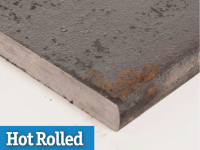
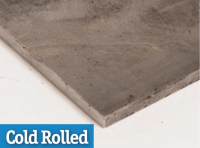
High-quality steel doors and windows can be a stunning addition to your home, but sorting through the many manufacturers and different quality levels on the market is often difficult. The points discussed in this article can help you make an informed decision when considering steel for your project. Knowing what to look for and asking the right questions will help ensure that the products used in your home are going to look great and operate well for years to come.